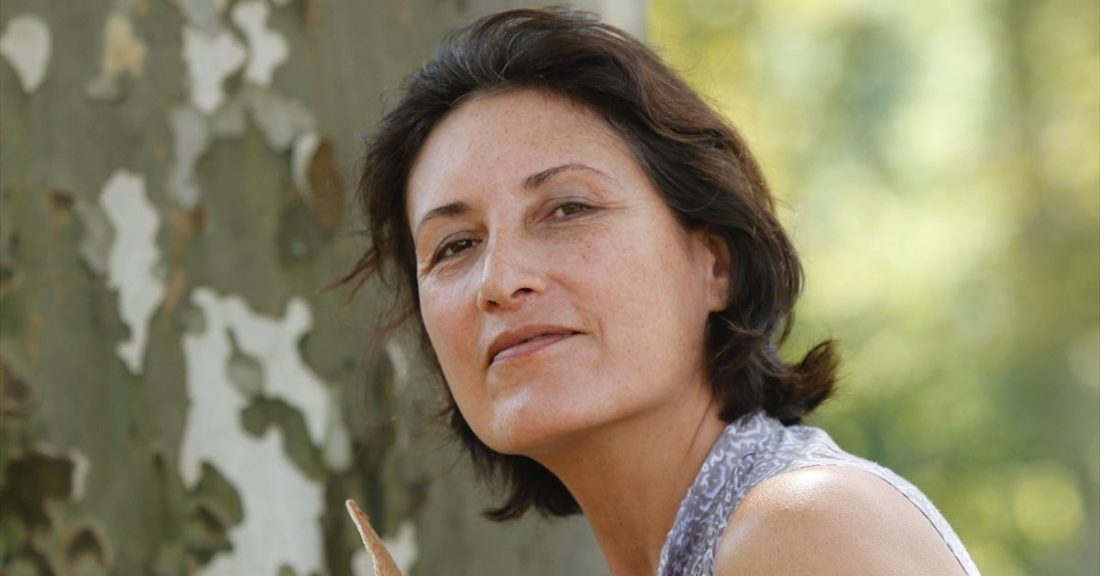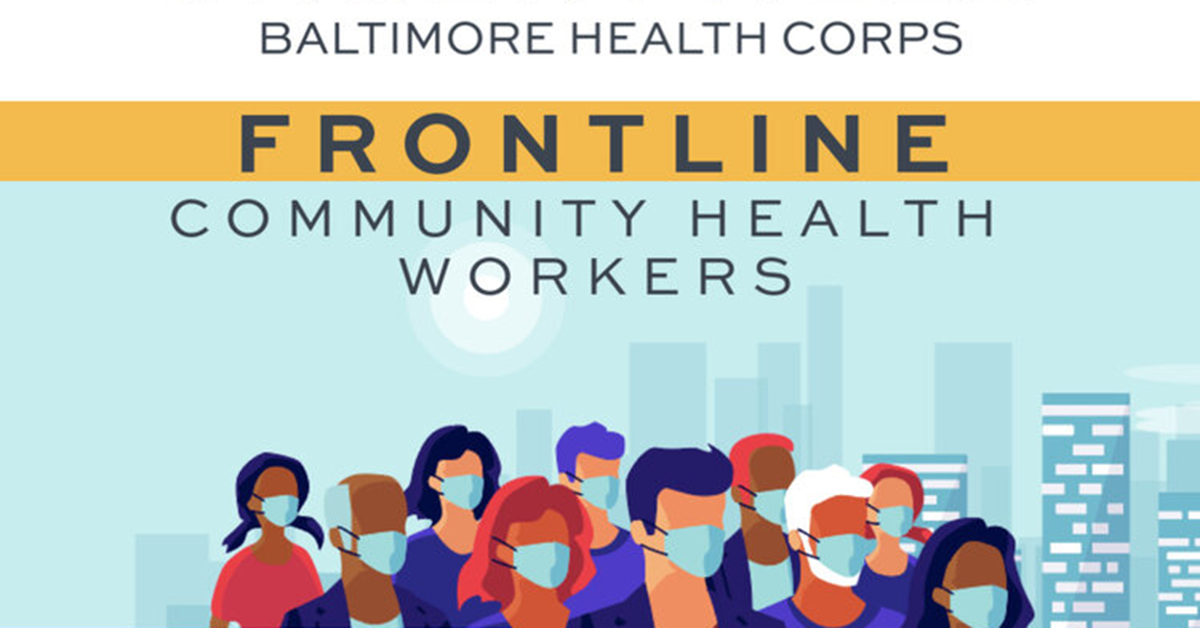How a Baltimore Health Corps Worker Helped Fight COVID-19 in Her Community

When the COVID-19 pandemic began, Zoraida Diaz knew she wanted to help her community make it through the challenge. At the same time, the Colombia-born mother of two adult children was uncertain of her work prospects after graduate school. Nevertheless, she says, “I saw how the Latin community was being affected, especially our undocumented immigrants. I thought, ‘I can do something.’”
After Diaz completed a free online Coursera contact tracing course developed by the Johns Hopkins Bloomberg School of Public Health, she learned about the Baltimore Health Corps pilot. In October 2020, she accepted a temporary position with the Baltimore City Health Department (BCHD) as one of the pilot program’s community health workers. In doing so, she helped fulfill one of the program’s goals: creating job opportunities that could build future career skills for Baltimore residents who were out of work or underemployed.
Building the Baltimore Health Corps
Funded by the City of Baltimore, the Annie E. Casey Foundation, the Rockefeller Foundation and other partners, the Baltimore Health Corps deployed community health workers to track COVID-19 infections. It connected those exposed to the virus to testing, health care and financial and housing assistance.

The Baltimore Health Corps program also provided city residents who were out of work with temporary jobs through two employers: the BCHD and HealthCare Access Maryland. It endeavored to create a workforce that reflected Baltimore’s demographics — 62% Black and 53% female. It succeeded, with the program’s staff being 51% Black and 62% female. These residents who were out of work or underemployed due to the pandemic were now able to earn a steady income.
Although these positions were only intended to last eight months, 126 staff members, out of the initially hired 335 city residents, remain employed by the BCHD or HealthCare Access Maryland. One hundred and nineteen staff members have since moved on to new opportunities.
“The Baltimore Health Corps was not only an opportunity to help communities hit hardest by the pandemic but also to put residents of those communities on a career path where they could gain valuable job skills and experiences,” says Sara Cooper, a senior associate with the Annie E. Casey Foundation’s Baltimore Civic Site. “Even after the pilot program ended, community health workers like Zoraida continue to give back to Baltimore City.”
Where Is Zoraida Now?
Diaz was promoted to a supervisor role with the BCHD in July 2021. As she worked with the team, Diaz says she saw “a tremendous outpouring of empathy and a sharing of knowledge that helped people navigate through illness and trauma. It was inspirational.”
During her time with the Baltimore Health Corps, Diaz took advantage of the workforce assistance the program offered its staff — including legal services and the ability to explore possible career paths. “I was not only able to improve my credit by following the advice of a financial counselor but a career navigator helped me revise my resume and empowered me as I prepared to find a new job.”
In June 2022, Diaz’s position with the BCHD came to an end. She has since taken on a new role as a court interpreter with the Maryland Judiciary, a part-time job that allows her to continue to help the Latino community. “The Baltimore Health Corps showed me that, although many members of the immigrant community do not have access to the quality health care they deserve, we can only move forward by working together.”






